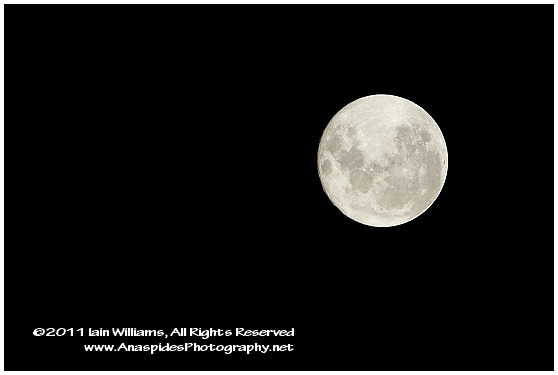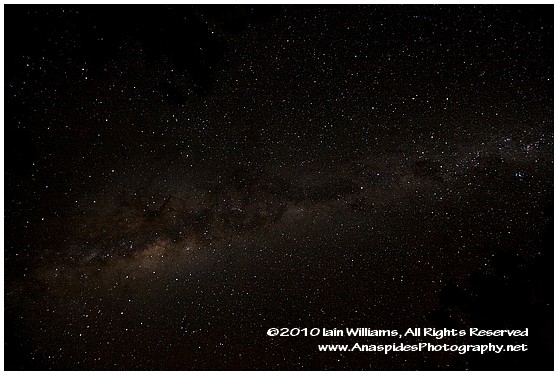Super Moon
 Monday, March 21, 2011 at 8:22PM
Monday, March 21, 2011 at 8:22PM 
 I was spending the evening photographing Tasmanian Devils when I noticed this massive moon in the sky. It was brighter and larger than normal. It was only then that I remembered that tonight was the night when the moon was in super perigee phase.
I was spending the evening photographing Tasmanian Devils when I noticed this massive moon in the sky. It was brighter and larger than normal. It was only then that I remembered that tonight was the night when the moon was in super perigee phase.
LEFT: An exceptionally bright moon set against a pitch black sky (Canon 700mm & 1D-MKIV - 1/125 @ f9 - no cropping)
A moon in super perigee phase is the closest distance that the moon is to the earth. Therefore, it is brighter & larger. The moon was only visible for a short time due to cloud cover. Pity, as it would have been nice to obtain a foreground subject with the moon in the background.
Still, it was a nice evening without urban light pollution to witness an astronomical event that occurs rarely. The last super moon was in 1993 and the next event will be in 2029.
Set your calendars!
 Astronomy,
Astronomy,  Moon,
Moon,  Planet,
Planet,  Super Moon,
Super Moon,  Super Perigee in
Super Perigee in  Australia
Australia 


